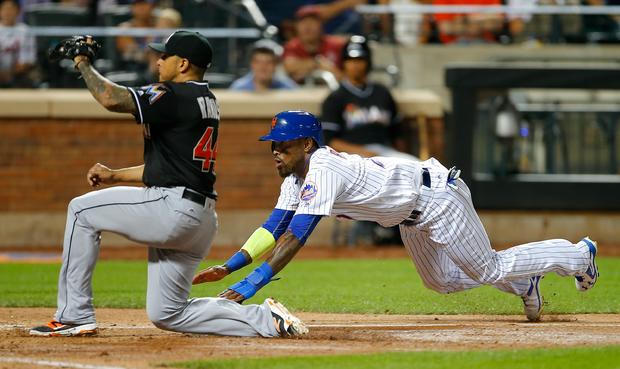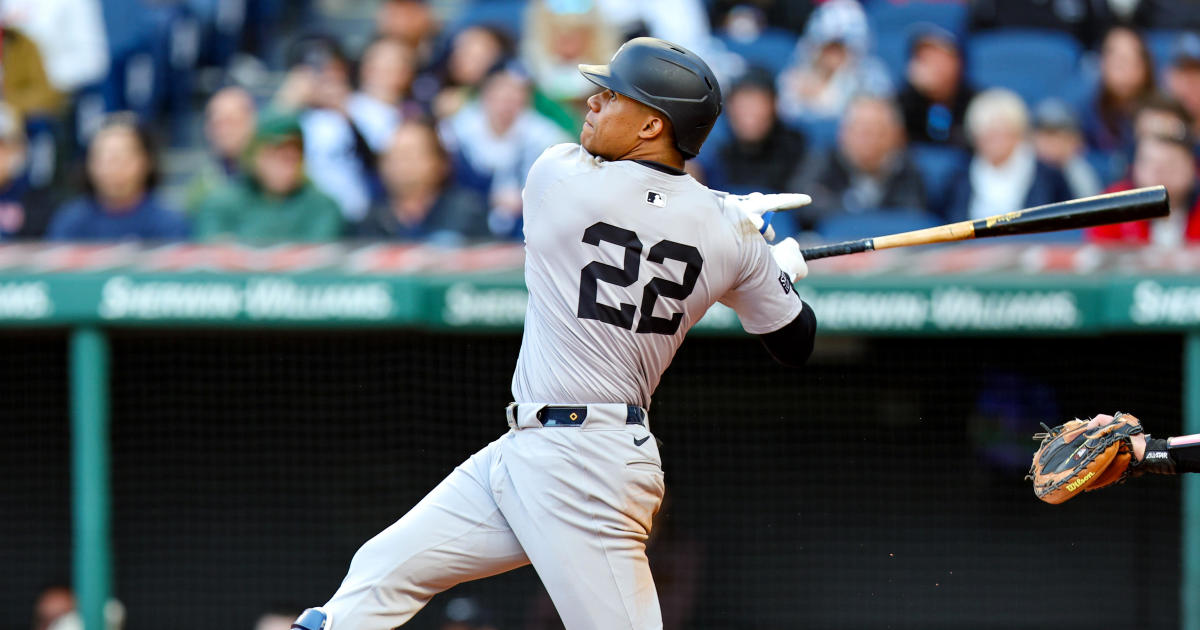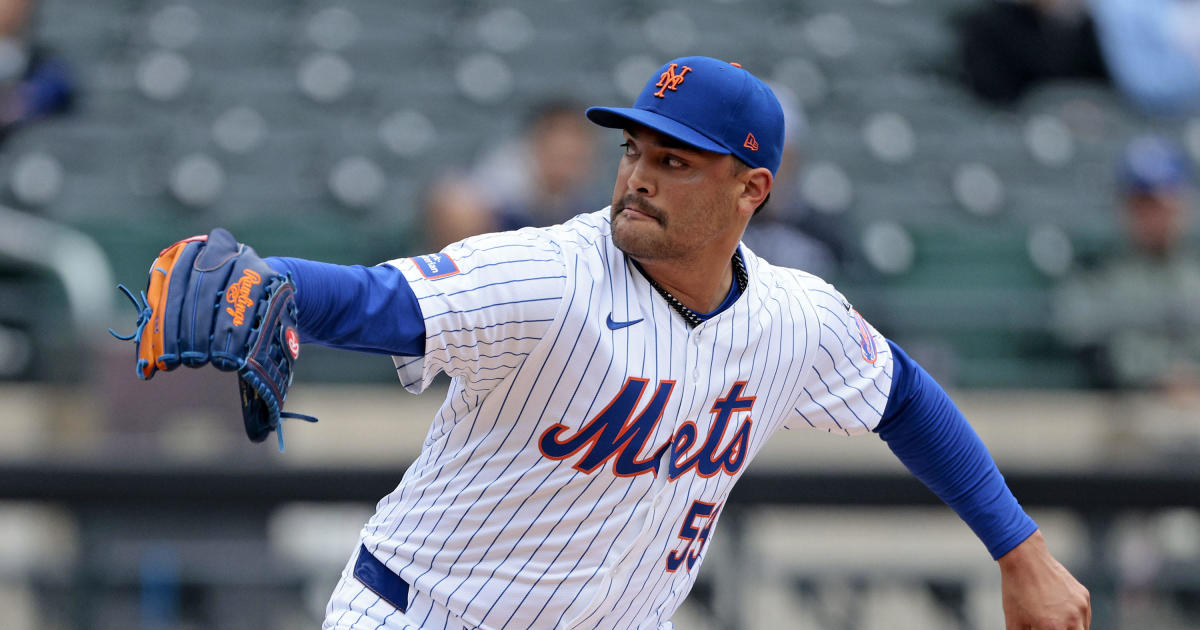Kallet: Reported MLB Extra Innings Rule Change Proposal Is Ridiculous
By Brad Kallet
» More Columns
As Major League Baseball attempts to stay current, relevant and entertaining to the coveted younger generation of sports fans, it continues to experiment and brainstorm ways to make the game faster and more exciting.
As other sports gain in popularity and attention spans decrease, it's imperative that baseball adjusts to the times and modifies its product when necessary. A relatively slow sport by nature, it must find ways to remain compelling. When games drag on for up to four hours fairly regularly, it's an issue that must be resolved.
A baseball purist and lover of the sport by nature, I believe that the game, for the most part, is perfect as is. But I'm a realist and, for all of the reasons above, am a proponent of change for the betterment of the national pastime.
Within reason.
I say within reason because, according to multiple reports, MLB plans to experiment with a rule in 2017 that would place a runner on second base at the start of extra innings. The rule, which would unquestionably end games quicker, will likely be used in the low minors and at the upcoming World Baseball Classic. The specifics of the proposed rule aren't clear, but it appears that each team, from the 10th inning on, will begin its frame with a runner on second and nobody out until the game concludes.
Call me old-fashioned or boring -- I don't believe that I'm either, for the record -- but this has to be one of the most preposterous, nonsensical ideas that I've ever heard presented. It's ludicrous on so many levels that, quite frankly, I'm not sure how I'll fit all my issues with it into one column.
In an effort to keep this piece concise -- I'd rather not write 2,600 words -- I'll attempt to break down what MLB Chief Baseball Officer Joe Torre said about the rule, according to Yahoo! Sports.
Here's what the former Yankees manager, for whom I have tremendous respect, had to say:
"Let's see what it looks like. It's not fun to watch when you go through your whole pitching staff and wind up bringing a utility infielder in to pitch. As much as it's nice to talk about being at an 18-inning game, it takes time," Torre said.
"It's baseball. I'm just trying to get back to that, where this is the game that people come to watch. It doesn't mean you're going to score. You're just trying to play baseball."
Torre is right, generally speaking, that games need to be shortened to keep the casual viewer hanging around. But by the time the 10th inning rolls around, the game is more than likely three hours old, or close to it. Is speeding up the game after the ninth inning really the answer?
And it's important to note that there aren't as many extra-inning games as you think.
According to a comprehensive report by The Washington Post, roughly 10 percent of games go into extras. How many of those games go to 18 innings, or 15 innings, or even 12? Not very many. So Torre's scenario about running through an entire pitching staff isn't quite pertinent. (Set a timer to 10 minutes. Name eight times in the last five years that a utility infielder has come in to pitch because there aren't any relievers left in the pen. Bet you can't do it. Go!)
And dumbing down extra innings as currently constituted takes away part of what makes baseball so fascinating and strategic. Can he go another inning? Should he bunt the runner over? We have a 1 p.m. start tomorrow: Should I burn my closer? These are all questions that the manager asks himself over the course of tight ballgames, and it's those decisions that separate great teams from good teams. Essentially eliminating the chess match on the diamond would be a grave mistake.
While it's still fresh in my mind, do me a favor and picture this: A team heads into the bottom of the ninth inning trailing by four runs against an elite closer. The home team draws a couple of walks, gets a couple of big hits and proceeds to tie the game in thrilling fashion. To the top of the 10th we go, and the road team, bereft of momentum and facing its most crushing loss of the season, starts with a runner on second base. All of a sudden the away team, which just painfully choked, has a golden opportunity to retake the lead for doing absolutely nothing. Not only is it anticlimactic, it's not particularly fair.
And that brings me to the real lunacy of the proposed rule. Starting a runner on second base changes the entire complexion of the inning, not to mention the approach at the plate. I could see each and every inning beginning the same way. Unless the 3, 4 or 5 hitters are leading off, the manager will sacrifice the runner over to third. The infield will then likely come in and not only will a sacrifice fly drive in the run, but so will a weak seeing-eye single. And if the infield decides to stay back, a ground ball to the right side will likely get that run in.
Will that make baseball more exciting? Sacrifice bunts, sacrifice flies and weak grounders that limp into the outfield? Yep, that beats a 420-foot walk-off home run any day of the week.
I commend baseball's higher-ups for thinking outside of the box, but this is a disaster waiting to happen, and it would fundamentally change the game for the worse.
Do us all a favor and get back to the drawing board.
Brad Kallet is the managing editor of TENNIS.com and a frequent contributor to WFAN.com. Follow him on Twitter @brad_kallet




